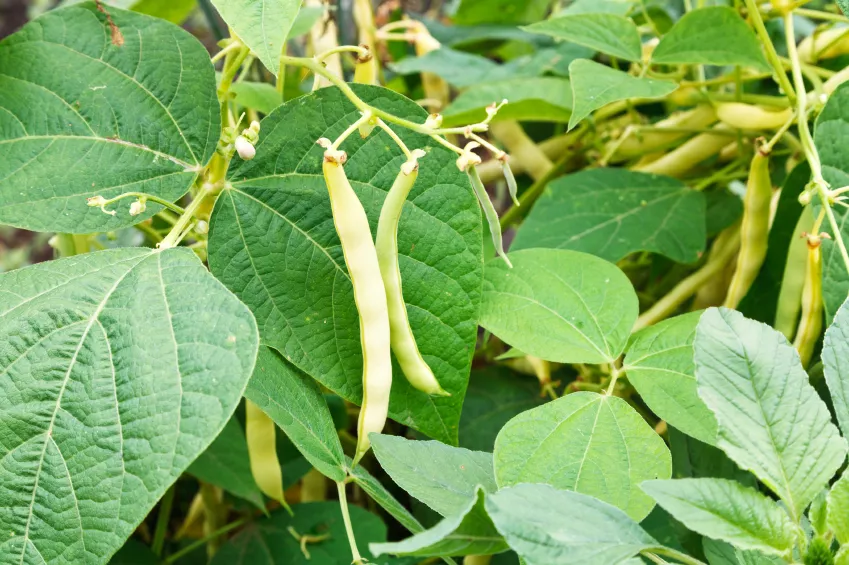- Pole, bush - or rather fire beans?
- Advantage bush bean
- Advantage Pole Bean
- Runner Bean Advantage
- Cultivation on the balcony
- tips and tricks
Fresh, vitamin-rich vegetables from your own garden are always a treat - beans should therefore not be missing from any vegetable patch. Its cultivation is easy and its possible uses are manifold. They taste delicious as a vegetable, as snippet bean soup and as dried beans.

Pole, bush - or rather fire beans?
All you really have to do is decide which type of bean you want to grow. The most commonly encountered are bush beans, pole beans, and runner beans.
They differ mainly in growth form, yield and use. As their name suggests, the bush beans, which grow in bushes, require a lot of space. The pole and fire beans that climb up need less space.
While the runner bean scores with its red flowers, the runner bean convinces with its taste.
Advantage bush bean
The bush bean is not very demanding in terms of soil preparation and care and it also thrives in semi-shade. It bears faster, early varieties such as "Saxa" are ready to harvest after just 60 days.
Due to the early maturity, a second sowing of bush beans in July is possible. Bush beans are suitable as a direct replacement for early potatoes. This means that the vegetable patch can be cultivated twice a year.
Bush bean varieties are:
- 'Dublette', resistant variety, suitable for freezing
- 'Golddukat', wax bean
- 'Prinzessa', for immediate consumption and deep-freezing
Advantage Pole Bean
Pole beans are grown in a space-saving manner because they grow on climbing aids. They produce higher yields and are better tasting.
Runner beans are suitable for horticultural intercropping with lettuce, radishes, beetroot, cucumber and zucchini planted between the poles.
Pole bean varieties:
- 'Neckarkönigin', high-yielding, hardy variety
- 'Blauhilde', blue beans turn green when cooked
Runner Bean Advantage
Fire beans are less sensitive to cold. Either the tasty young beans are harvested for the preparation of vegetables or the ripe fruits, which are used as dry beans.
Because of their large leaves and mostly red flowers, runner beans are also used as blooming privacy screens and as decorative tendrils on fences.
Runner Bean Varieties:
- 'Red-flowering', for rough locations, for greening fences
- 'Lady Di', bright red flowers, stringless fruits
Cultivation on the balcony
Fire beans in particular are suitable for planting on the balcony. Here they fulfill three purposes - edible fruit, flower decoration and privacy.
A bucket with loose substrate, a place in the sun or in the light semi-shade, sufficient water and a climbing aid - that's all the runner bean needs to decorate the balcony with its flowers and bear fruit. But beware - raw beans are poisonous.
tips and tricks
Less well known is the broad bean, also known as broad bean, field bean or broad bean. It is even easier to care for and can be planted from March in favorable locations. They can be dried for up to 5 years.